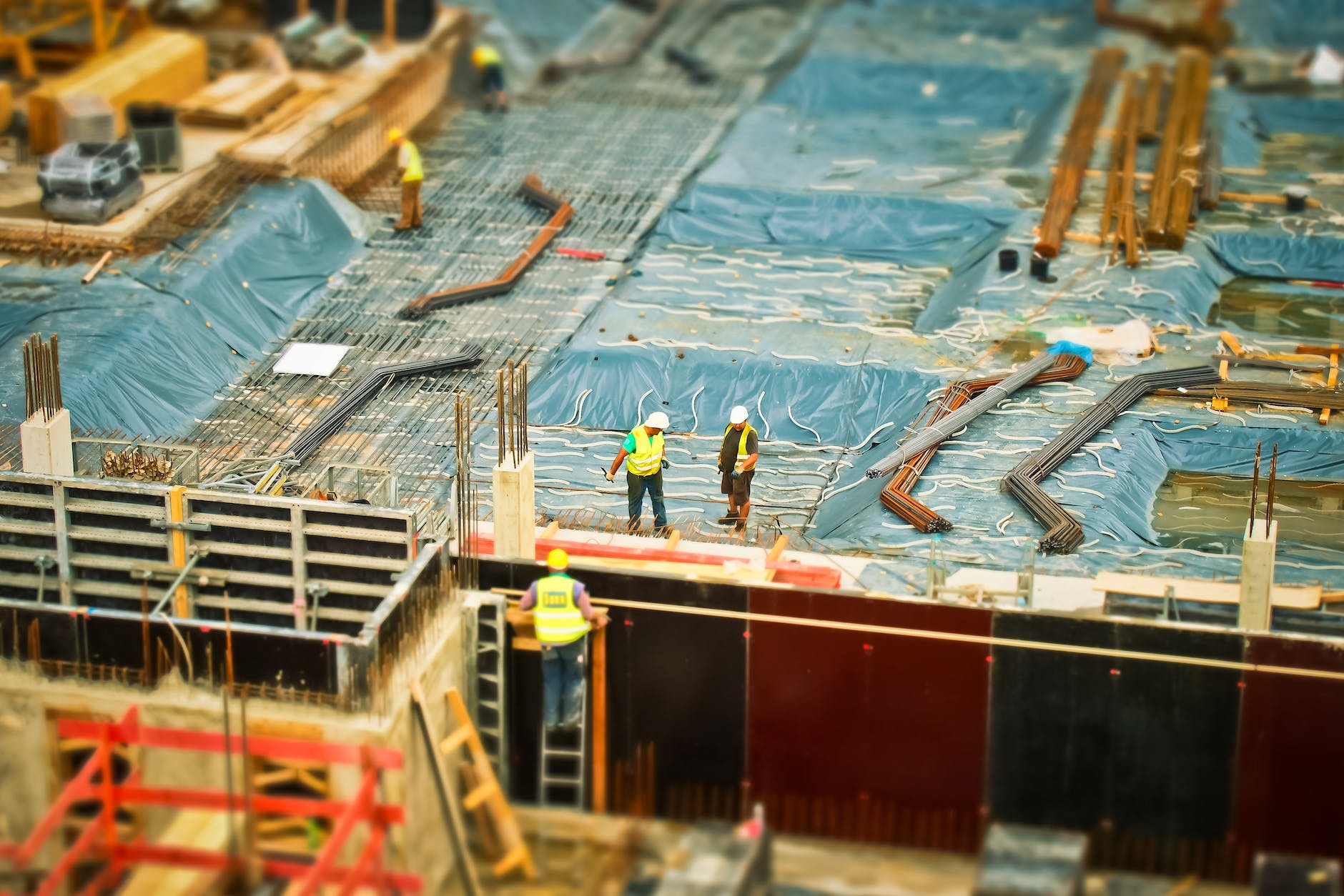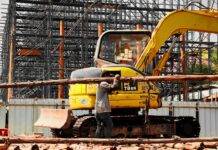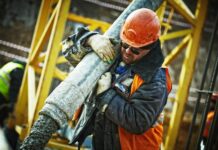
Construction Site Security: Protecting People and Property
Introduction
Construction Site Security : Construction sites are bustling hubs of activity, where progress and productivity are paramount. However, amidst the hustle and bustle, it’s crucial not to overlook an equally essential aspect: security. Construction site security is vital to safeguard not only valuable equipment and materials but also the safety of workers and the public. This article explores the key components of construction site security and offers practical insights to ensure a secure work environment.
The Importance of Construction Site Security
What is Construction Site Security?
Construction site security encompasses a range of measures and protocols designed to protect the site, its assets, and the people who work on or near it. It involves strategies to prevent theft, vandalism, accidents, and unauthorized access.
Why Does it Matter?
1. Asset Protection: Construction projects involve valuable equipment, materials, and machinery. Adequate security measures protect these assets from theft and damage.
2. Worker Safety: Ensuring a secure environment reduces the risk of accidents and injuries to construction workers.
3. Legal Compliance: Many regions have regulations requiring construction sites to have security measures in place. Non-compliance can lead to fines and delays.
4. Community Relations: Good security practices also extend to minimizing disturbances to nearby communities, fostering positive relations.
Key Components of Construction Site Security
Access Control
1. Fencing: Erect sturdy perimeter fencing around the site to deter unauthorized entry. Ensure gates are locked when the site is not in use.
2. Identification: Implement access control measures such as badges or ID cards for authorized personnel. Regularly update the list of authorized individuals.
Surveillance
1. CCTV Cameras: Install surveillance cameras at strategic locations to monitor the site 24/7. Ensure that cameras are well-maintained and provide clear footage.
2. Alarms: Install alarms that trigger in case of unauthorized entry or suspicious activity. These can be connected to security personnel or local authorities.
Lighting
1. Well-Lit Areas: Illuminate the entire construction site, especially during non-working hours. Adequate lighting deters trespassers and enhances safety.
2. Motion Sensors: Use motion-activated lighting to save energy and alert security personnel to movement on the site.
Security Personnel
1. Security Guards: Employ trained security personnel to patrol the site regularly. They should be equipped to respond to emergencies.
2. Security Checkpoints: Set up checkpoints at site entrances to verify the identity of individuals entering or leaving.
Equipment and Material Storage
1. Secure Storage: Lock up equipment and materials when not in use. Use secure containers and tracking systems for high-value items.
2. Inventory Control: Maintain an inventory of all equipment and materials to quickly identify losses or theft.
Emergency Response
1. Emergency Plans: Develop and communicate clear emergency response plans to all site personnel. Include procedures for fire, accidents, and security breaches.
2. First Aid: Ensure that first-aid kits are readily available and that personnel are trained in basic first aid.
Conclusion
Construction site security is not a luxury but a necessity. It safeguards your investments, protects your workers, and ensures the timely completion of projects. By implementing access control, surveillance, proper lighting, security personnel, and robust emergency response plans, construction site managers can create a safer and more secure work environment.
Silica Dust Exposure in Construction
Masonry Hazards and Precautions
Construction Hazards and Precautions
What Does HSE Mean in construction?
FAQs
1. What are the most common security threats on construction sites?
Common threats include theft of equipment and materials, vandalism, accidents, and unauthorized access leading to safety hazards.
2. Are there specific security regulations for construction sites?
Yes, many regions have regulations governing construction site security. Compliance with these regulations is essential to avoid legal consequences.
3. How can I ensure the safety of construction workers on-site?
Besides security measures, prioritize safety training, provide personal protective equipment (PPE), and conduct regular safety inspections.
4. What should I do if I suspect unauthorized individuals on a construction site?
If you suspect unauthorized individuals on-site, contact security personnel or local law enforcement immediately. Do not confront them yourself.
5. How can I prevent equipment theft on a construction site?
Implement access control, secure storage, surveillance cameras, and alarms to deter and respond to equipment theft. Regularly audit equipment inventory to detect losses promptly.
























